It really bothers us to report nonsense. But when there are headlines flying around that could have an impact on the markets, it’s hard not to talk about it.
Trump launched another scapegoating attack on Fed and said, referring to the over 800 pts fall in DOW, “I think the Fed is making a mistake. They are so tight. I think the Fed has gone crazy.” He added “actually, it’s a correction that we’ve been waiting for for a long time, but I really disagree with what the Fed is doing.”
Later he doubled down and said in a telephone interview that “the problem I have is with the Fed. The Fed is going wild. I mean, I don’t know what their problem is that they are raising interest rates and it’s ridiculous.” “The problem [causing the market drop] in my opinion is Treasury and the Fed. The Fed is going loco and there’s no reason for them to do it. I’m not happy about it.”
It’s again typical Trump in blaming the others. When the stock market hit record highs, did we hear the praise that Fed has done a great job? When unemployment is at record lows, with inflation at target, is Fed given the credits for meeting it’s dual mandates? Trump claimed all the credits all the way. When things turn, it’s others’ faults.
And, with federal funds rates at 2.00-2.25% and Fed still having a massive balance sheet, describing monetary policy as being “so tight” is a lie. When you disagree with what the Fed is doing, it doesn’t necessarily mean it’s crazy. Fed’s decisions are collective made by a committee of rational professionals and intellects. It looks more like Trump himself is the crazy one.
And after all, he nominated Fed chair Powell and hired Treasurer Mnuchin. Add to the long list of people you hired and fired. If you keep on hiring the wrong people, then you are the problem, POTUS. You better quit.
Anyway, enough rants. Let’s move on .




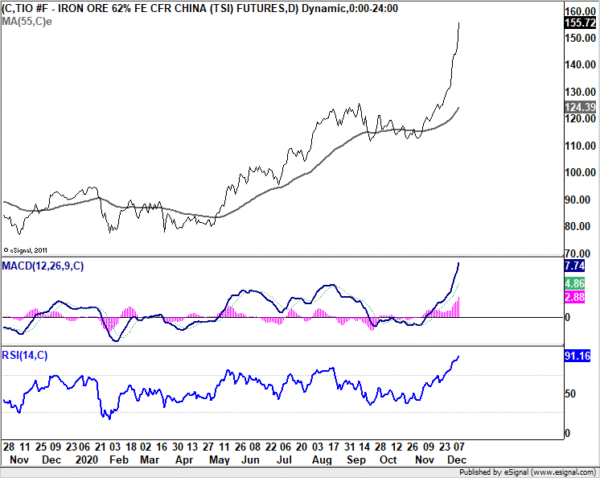
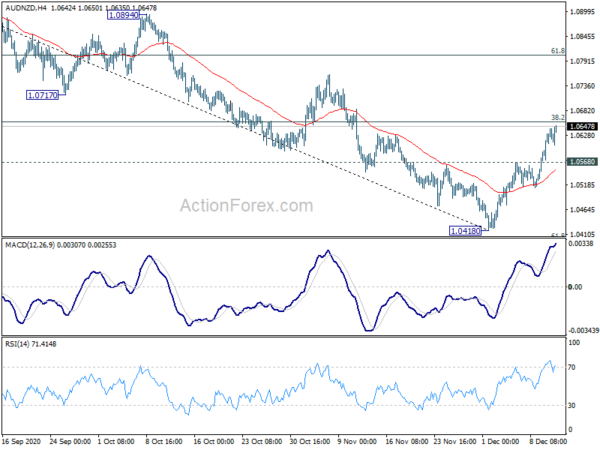
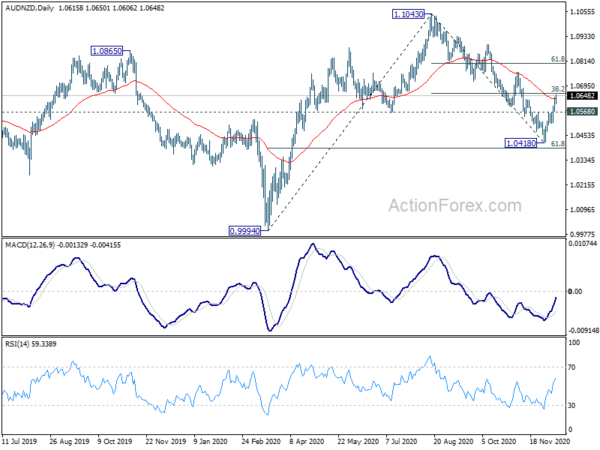
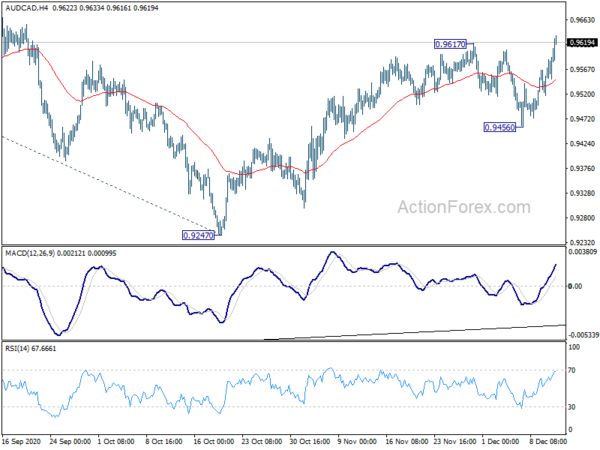
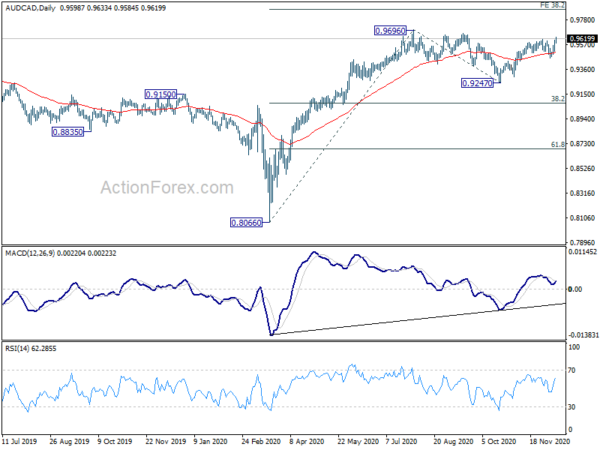
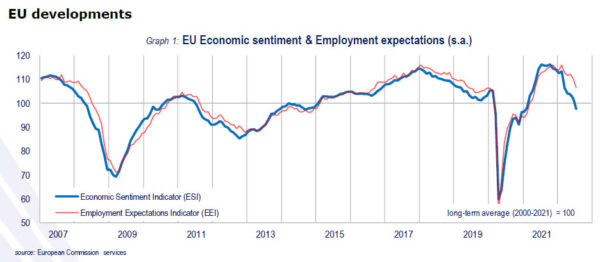
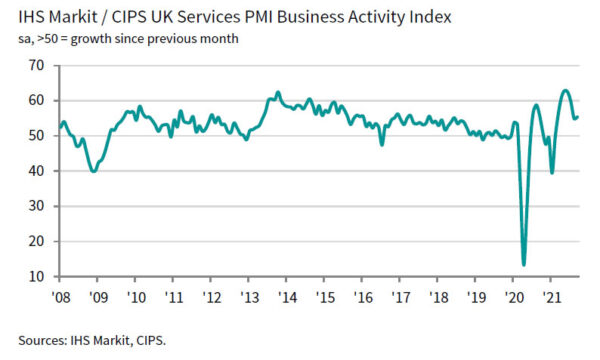
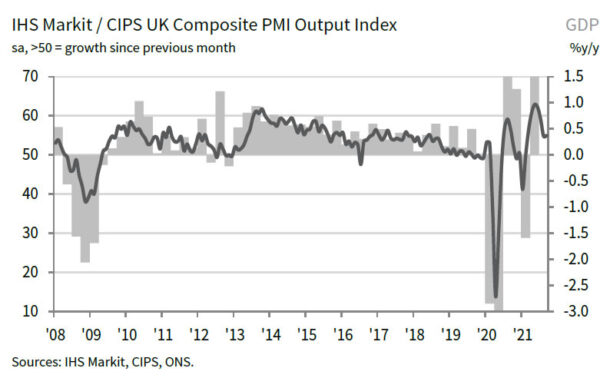
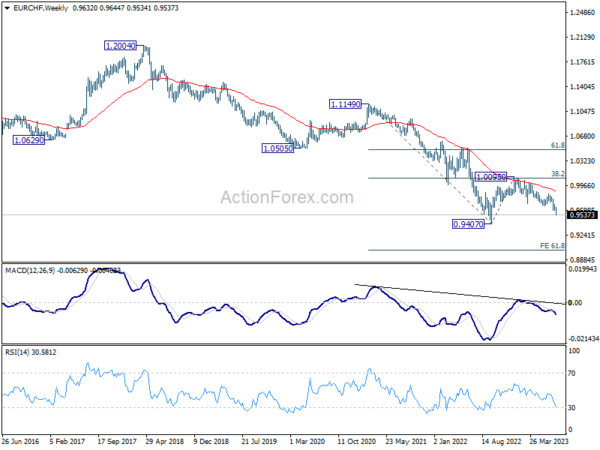
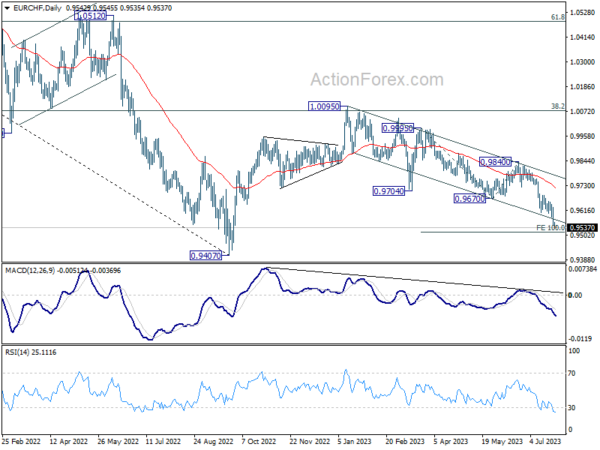
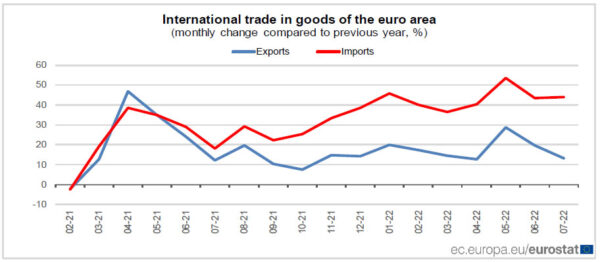
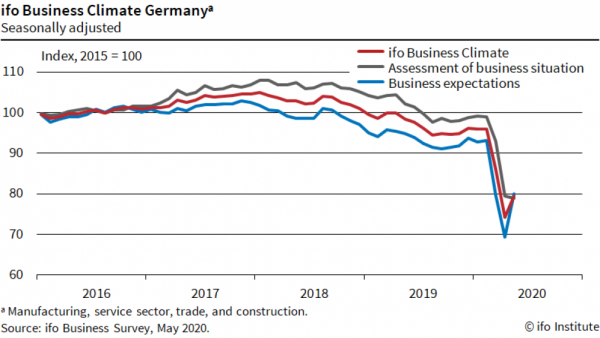
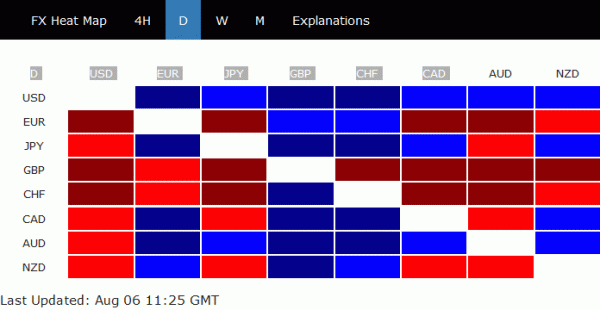
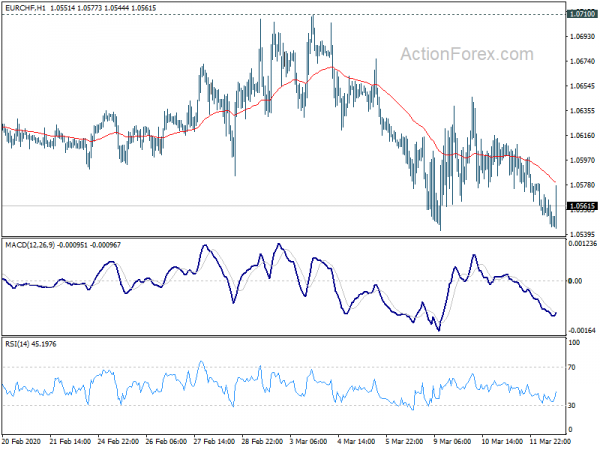
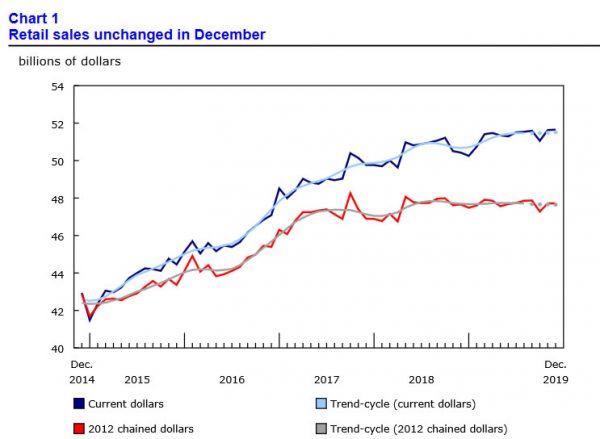
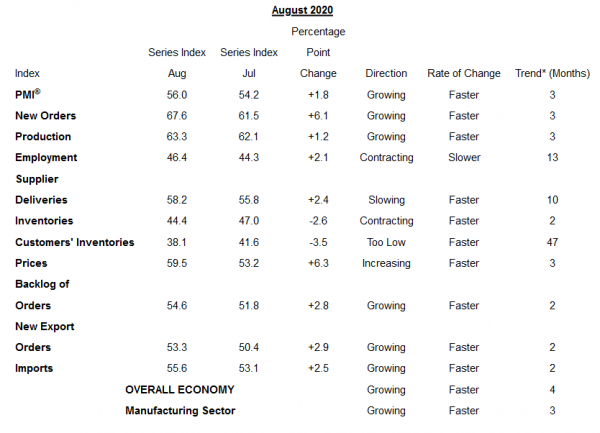
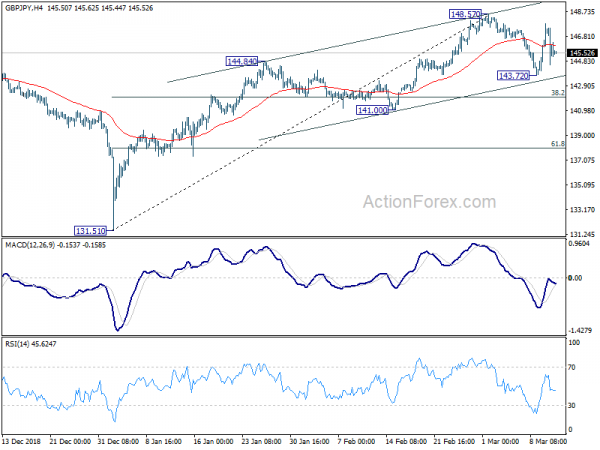
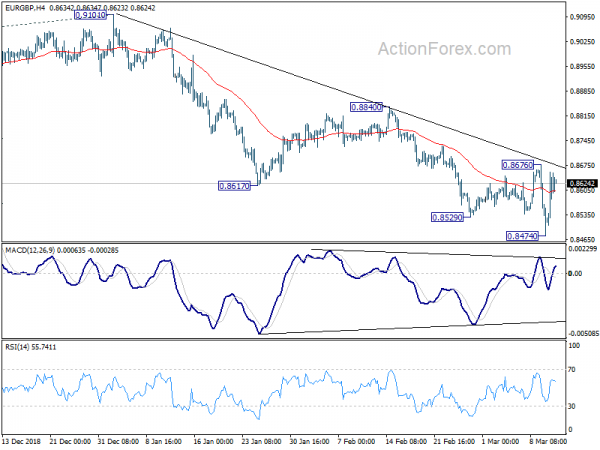
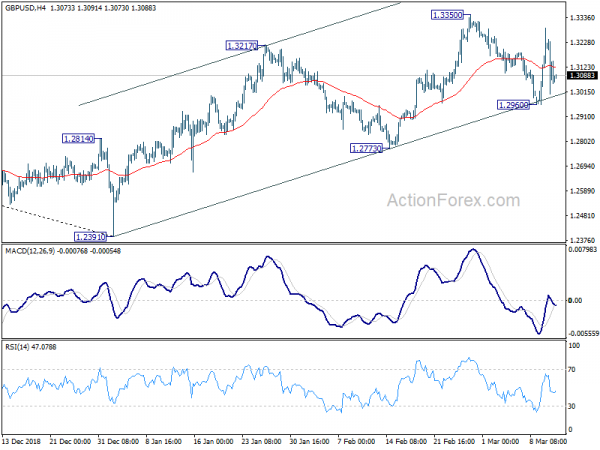

Hong Kong breaks April’s high on improving sentiment
Asian markets trade broadly higher today, following the strong rebound in US stocks on Friday. Hong Kong HSI is additionally lifted by news of easing pandemic restrictions in Shanghai. China’s industrial profit dropped -6.5% yoy in May, improved from April’s -8.5% yoy.
Technically, HSI breaks 22523.64 resistance (April’s high) to resume the rebound from 18235.48. Further rally is in favor as the index is moving away from 55 day EMA, with daily MACD back above signal line. Real test for the near term lies in 38.2% retracement of 31183.35 to 18235.48 at 23181.56. Sustained break there should confirm medium term bottoming and set the stage for stronger rebound to 61.8% retracement at 26237.26, even as a corrective move.